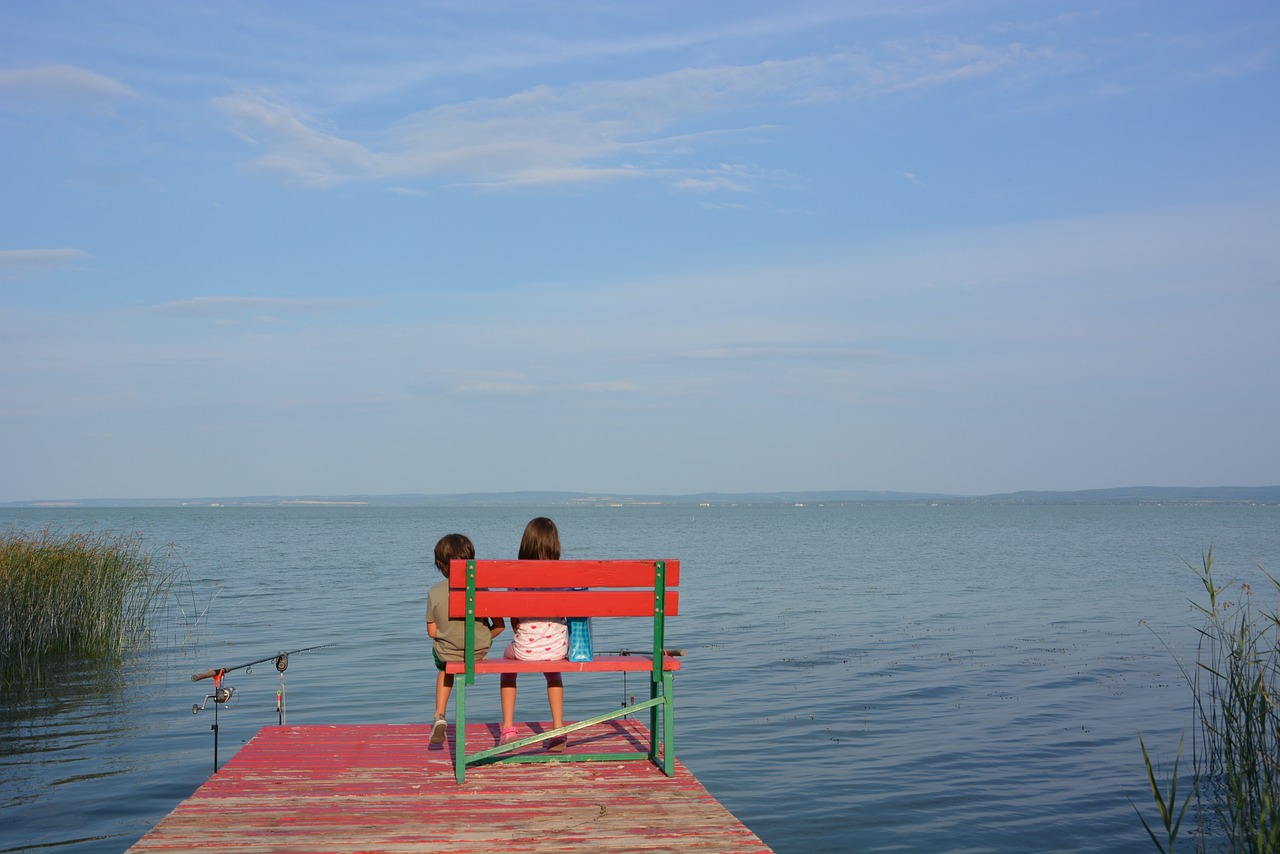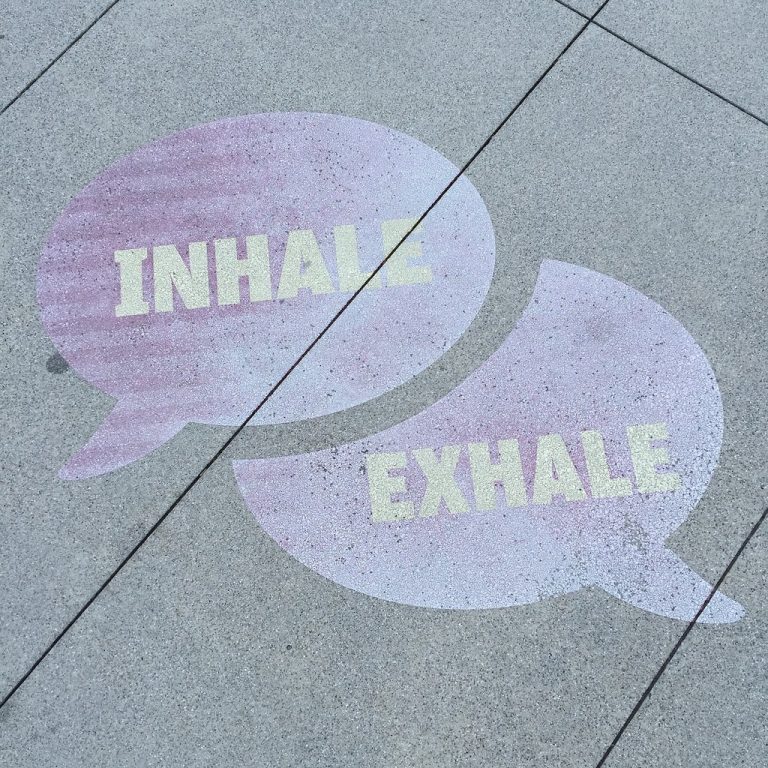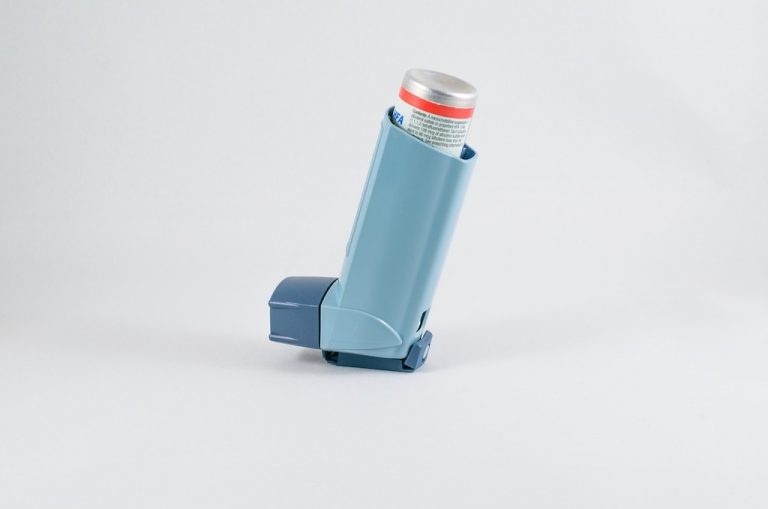SingaporeMotherhood | Preschooler & Up
April 2019
Your Child has Asthma? Here are 8 ways to Help

Know the triggers, the symptoms, and how to treat your child’s asthma. And, yes, it’s okay for them to exercise too.
If you have ever watched rock star Pink belting out her tunes while performing gasp-inducing acrobatics on stage, you’d never guess that the lively performer has asthma. In fact, the mum of two was born with a collapsed lung and has been hospitalised because of severe asthma attacks. Footballer David Beckham? He has asthma too. But one thing these celebrities have in common is that they never let the condition stop them from achieving their goals.
[banner]
So if your child has asthma, relax. They can still take over the world if they want to. But first, mum and dad, teach them how to deal with their condition. Dr Christelle Tan, a Specialist in Paediatric Medicine & Consultant at Raffles Specialists – Holland V, and Dr Mas Suhaila Isa, a paediatrician at Kids Clinic @ Bedok, tell us how.
#1: Identify triggers
Asthma triggers include allergies, flu virus, smoke, haze or air pollution, cold food, and drinks. “Trigger-avoidance is a key to asthma symptom control. Parents should have a good understanding of asthma symptoms and the triggers that can set off asthma symptoms,” says Dr Mas.
#2: Devise an asthma action plan with your child’s doctor
An asthma action plan includes details such as medications, how to handle attacks, and how to control symptoms in the long run, explains Dr Mas. Symptoms can be categorised in colour zones of green, yellow and red to help gauge their severity.
#3: Practice environmental allergen control
This includes changing bed linen regularly and washing bedsheets and pillowcases in hot water to get rid of dust mites, says Dr Mas. You should also vacuum your floor regularly to avoid dust accumulation.
#4: Get vaccinated for flu
People with asthma are more likely to have complications from the flu (such as pneumonia). They are also more likely to require hospitalisation should that happen, says Dr Mas.
#5: Be aware of the symptoms of poor control of asthma
Long term poorly-controlled asthma may appear in the form of children having frequent coughing at night or frequent coughing when they exercise.
“These symptoms are not so obvious. Hence, parents think that as long as there are no episodes of difficulty breathing and wheezing, all is fine. This is not the case. These symptoms indicate that there are still ongoing asthmatic symptoms in a child. If they are not treated, they will affect the child’s health in the long run,” cautions Dr Tan.
#6: Don’t be afraid of steroid puffs
Steroid puffs are usually prescribed for children who have very frequent asthma attacks. They help the lungs to be less over-sensitive to triggers. This is a very effective therapy for children. Used correctly, it can help children lead healthy, active lives.
“Many parents worry about possible side effects of steroids – they worry that their child’s growth will be affected. The truth is, steroid puffs have very low doses of steroids which mostly go into the lungs. Hardly any go into the rest of the body,” Dr Tan elaborates.
“This is different from oral steroids where the steroid doses are much higher, and if used for long term can result in growth stunting,” he explains.
#7: Use a spacer
Many older children with asthma like to use puffer medications without an in-between spacer device because it can be troublesome to connect.
However, they should be encouraged to use it help them coordinate their breathing while pressing the puffer medication. Without this, a lot of the medication does not go exactly where it should be – the lungs.
“Using a spacer device helps trap the medication within the device while patients take their time to inhale the medication. Hence, it ensures that all the medication ends up where it should be,” explains Dr Tan.
#8: Exercise!
Many parents worry that exercise will make their child’s asthma worse. However doctors tell us that staying active is good for the kids. In fact, exercise has benefits for asthmatic children, says Dr Tan. It can:
* help to build stamina and hence help kids avoid feeling short of breath when exercising
* keep kids healthy by improving their immune system. Consequently, this makes them less susceptible to infections which can trigger an asthma attack
* encourage asthmatic children who are overweight or obese to lose weight, which helps to prevent asthma attacks
If your child’s asthma is under good control, with minimal attacks, they should be able to do any form of exercise they wish to, says Dr Tan. For those who are just starting out, jogging, swimming, and badminton are good exercises.
Swimming and PE in school – Safe?
PE (physical education) and swimming lessons in school are safe as long as the child’s asthma is under control, doctors say. Inform your child’s teachers of their condition at the beginning of the school year. Alert them to look out for signs of an asthma attack (breathlessness, wheezing, chest tightness or bouts of coughing). When this happens, let the child rest and take their medications.
Your child must also know to stop participating in any physical activity if he / she feels breathless, is wheezing, or has chest tightness.
“In asthma, it is not about restricting the child’s activities, but to ensure that the child is well before participating in the activities, and to know when to stop the activities and administer medications should an asthma attack occur,” says Dr Tan.
Swimming is an excellent activity for maintaining physical fitness and is generally well-tolerated by many asthmatics. It improves fitness and may improve lung function in the long run, says Dr Mas. However he also cautions that children who have exercise-induced asthma must discuss with their paediatrician before embarking on any exercise.
Managing the Haze
Obviously, do not exercise when it gets hazy. Because haze particles may be inhaled – which can trigger cough, wheezing and shortness of breath – it’s best to stay indoors when the PSI is in the unhealthy range, advises Dr Mas.
“If asthma symptoms are mild and well controlled, simply staying indoors with windows and doors shut, and using air purifiers should be adequate,” he adds. “For prolonged outdoor exposure that cannot be avoided, put on a mask (N95 preferred) to help reduce inhalation of haze particles.”
Additional Asthma Management Resources to Consider
TCM for asthmatic kids
Complementary healthcare and wellness company Aegle TCM Clinique offers a Pediatric Asthma Treatment for babies and toddlers. Head Physician Sharyl Thung explains: “In Traditional Chinese Medicine we make use of herbs and specific tuina massage methods to treat asthma. Traditional Chinese Medicine is a fantastic way to introduce graduated, mild changes to a child’s body to battle asthma during both the acute and chronic phases. This ensures the building up of the child’s constitution as well.”
Monitor your child’s breathing
By year-end, you’ll even be able to monitor your child while they’re sleeping, with AireSone Junior, a respiratory wellness device for children aged three and above. The device monitors kids’ heart rate, breathing and sleep quality. An app gives you access to generated charts of your child’s progress which you can share with doctors. You’ll also get notifications when there are any sudden changes in your child’s respiratory or heart rate. AireSone Junior will be launched in Singapore in Q4 2019.
Header image: Source
Featured image: Source
All content from this article, including images, cannot be reproduced without credits or written permission from SingaporeMotherhood.
Follow us on Facebook, Instagram, and Telegram for the latest article and promotion updates.










